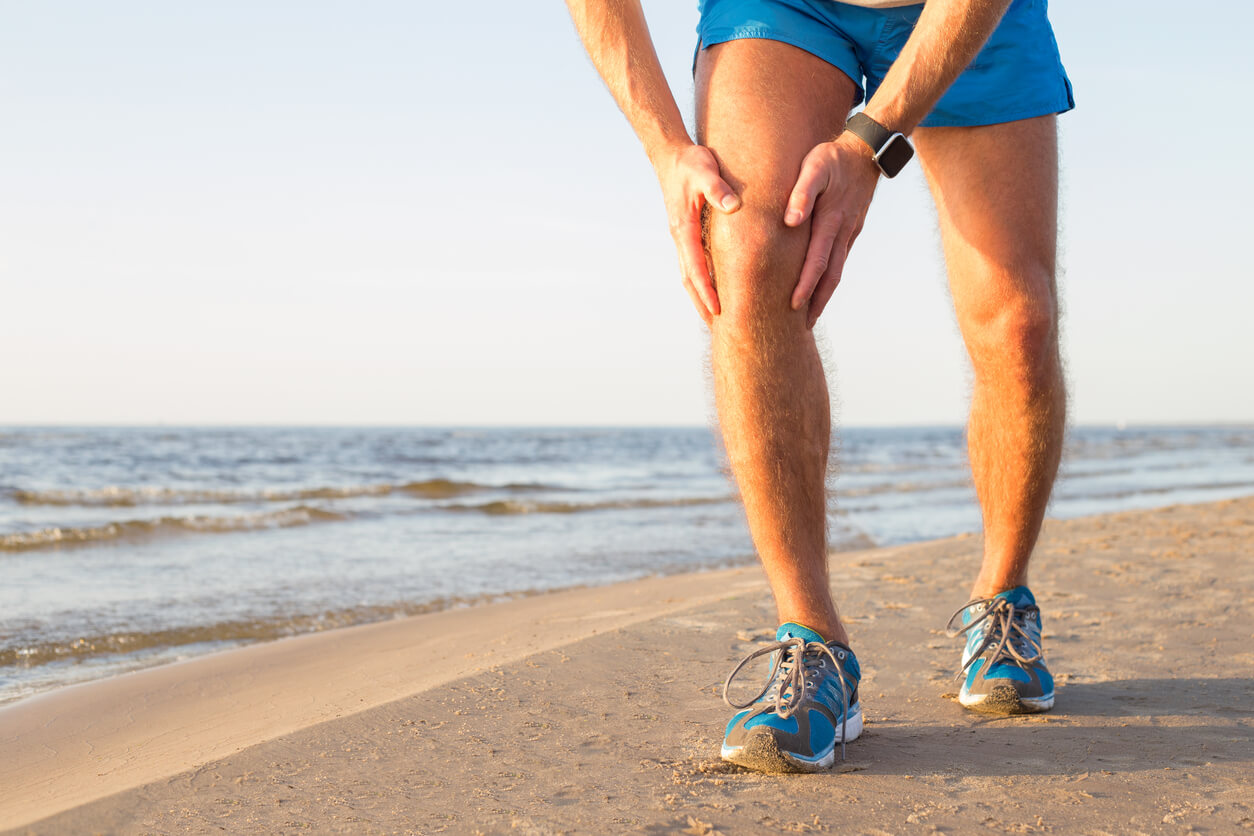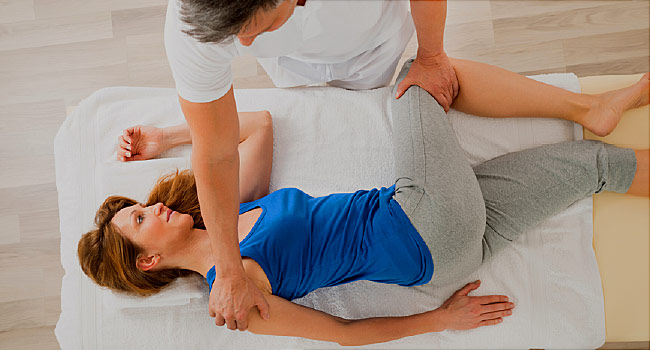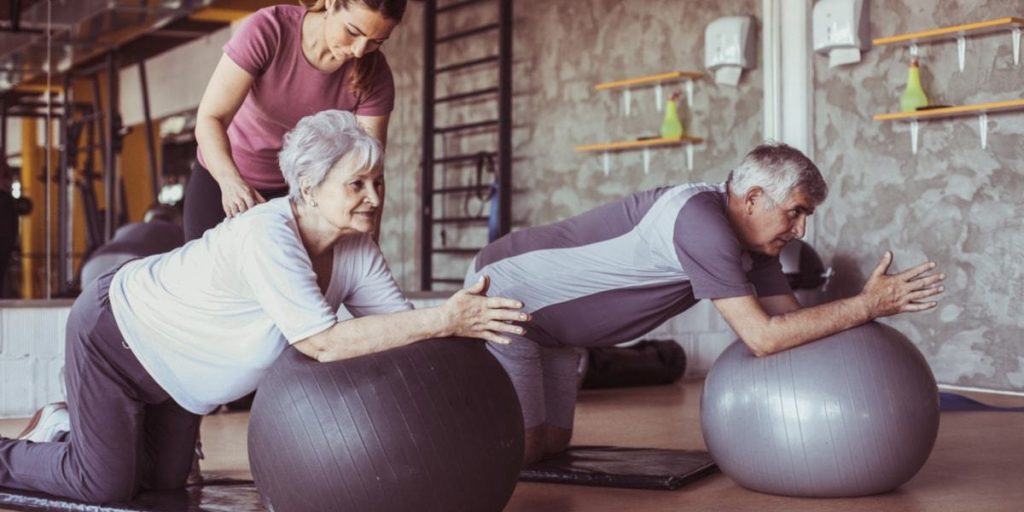The osteopath seeks to restore normal joint function and stability to help the body heal. They use their hands to heal your body in a variety of ways, using a combination of gentle and strong techniques. Methods are selected depending on the individual patient and the symptoms reported. Treatment by a method called osteopathy consists of manipulating the body with a movement of the hands to correct the defects in the anatomical structure of the body.
Why is an osteopath good
The osteopathic doctor pays special attention to the joints, muscles, and spine. Osteopathic surgery is one of the most effective methods for treating arthritis, back pain, headaches, tennis elbow, digestive problems and posture problems. Treatment can also help with disturbed sleep cycles and nerve, vascular, and lymphatic symptoms.
Osteopath, chiropractor and physical therapists are one and the same
Osteopaths focus on patients who are experiencing pain or injury – this can be back pain, leg pain, sports injuries, or work-related stress or strain. Osteopaths work on the body as a whole. Physiotherapists monitor the improvement of specific muscle groups or body parts. Chiropractors use different methods to treat muscle and joint problems, but still especially in the area that has been injured.
How an osteopath can help me
Osteopaths can treat many conditions, from persistent headaches to dislocations, twisted muscles and joints. They look at the body as a whole, let’s knee injury, aching pain. The osteopath should write a story about how you first encountered the trauma. Is this your first injury or is it a recurring injury? Many runners do have repetitive injuries, especially their knees.
Common Causes of Knee Pain
Moving or falling while playing sports or daily tasks can cause localized pain and soreness. In this case, it is more than likely that you have strained or tore your leg muscles. Also, your tendons may become inflamed (tendonitis) or cause a sprain or tear. Knee shock absorbers (male muscle) irritation or rupture.
Patellofemoral pain syndrome is especially common in runners. For ideal walking or running, the patella (patella) should slide smoothly over the lower leg (tibia) and thigh bone (femur). When there is more tension in the muscles on the outside of the thigh compared to the muscles on the inside of the thigh. This will cause the kneecap to pull outward as you run, causing friction and pain.
Knee osteoarthritis (OA) is the destruction of bones and cartilage that causes pain and stiffness. It is more common in older people and can be debilitating.

Osteopathic Knee Treatment
The osteopath will provide treatment to relieve the pressure on your knee. Your entire posture will be changed to allow other parts of your body to move more freely (usually your upper back, hips, and ankles) to reduce pressure on your knee and distribute forces more evenly.
A combination of muscle stretching, joint stretching, and joint manipulation (only when needed) will be used to increase the functionality of the movements and reduce pain. They will advise you on how best to deal with stress. Stretching and muscle strengthening exercises will be suggested. Also include lifestyle advice and basic nutritional advice to optimize healing time to help you get back to activity.
Why osteopath’s treatment is better than a doctor’s
It is always better to treat everything than treat the symptoms. A knee injury can be caused by problems with the foot, more specifically with the toes. One case was that a runner had previously broken the second toe in martial arts. Probably being a martial artist, he did not go to the hospital or any treatment. The finger then fuses into the proximal interphalangeal joint (PIP), a joint in the middle of the toe.
Case study
When running with low toe mobility, shooting pain in the foot can sometimes occur. This resulted in the leg being removed from the road as soon as possible to stop the pain. This resulted in the left foot hitting the road surface earlier than expected. The constant hitting then caused problems at the weakest link in the left leg. It could be the thigh, lower back, or ankle. However, I later discovered that the weakest link was the knee due to years of practice kicking and over-extending the knee.
Knee Pain Treatment
After gathering all the information, it was a fairly simple remedy. We’ve devised some simple exercises to get your food back, especially your toes. These exercises should be done before every run and ideally at other times of the day to improve movement. The second tip we gave him was to simply invest in the right running shoes. Nothing expensive, but some of it gives good support and balance while running.
How else an osteopath can help
Some of the conditions we can help with:
- Radiculitis
- Lumbago
- Knee pain
- Headaches
- Plantar fasciitis
- Pelvic pain
- Hip pain
- Pain in the wrist
- Leg pain
If you ever experience persistent or recurring pain, I highly recommend seeking treatment from an osteopath. Our doctors just give us medicine to dull the pain, not treat the real problem.
Why the Pilates reformer is useful
Pilates is a series of exercises to increase body strength, muscle development, posture, balance, and coordination. Each exercise is performed with particular attention to proper breathing technique and abdominal muscle control. This helps to perform movements with maximum power and efficiency. Pilates lengthens and strengthens muscles, improves muscle elasticity and joint mobility.
A regular Pilates reformer helps to strengthen your core muscles. It also improves posture, mood, body shape, and muscle tone. It relieves stress on joints and bones while providing a challenging full-body workout.



